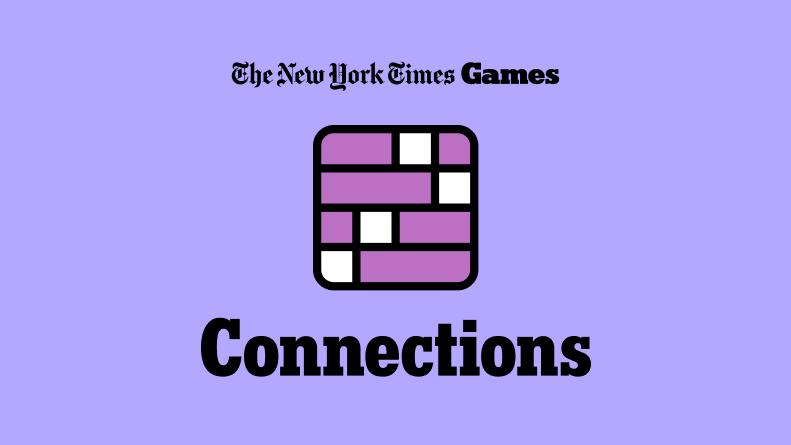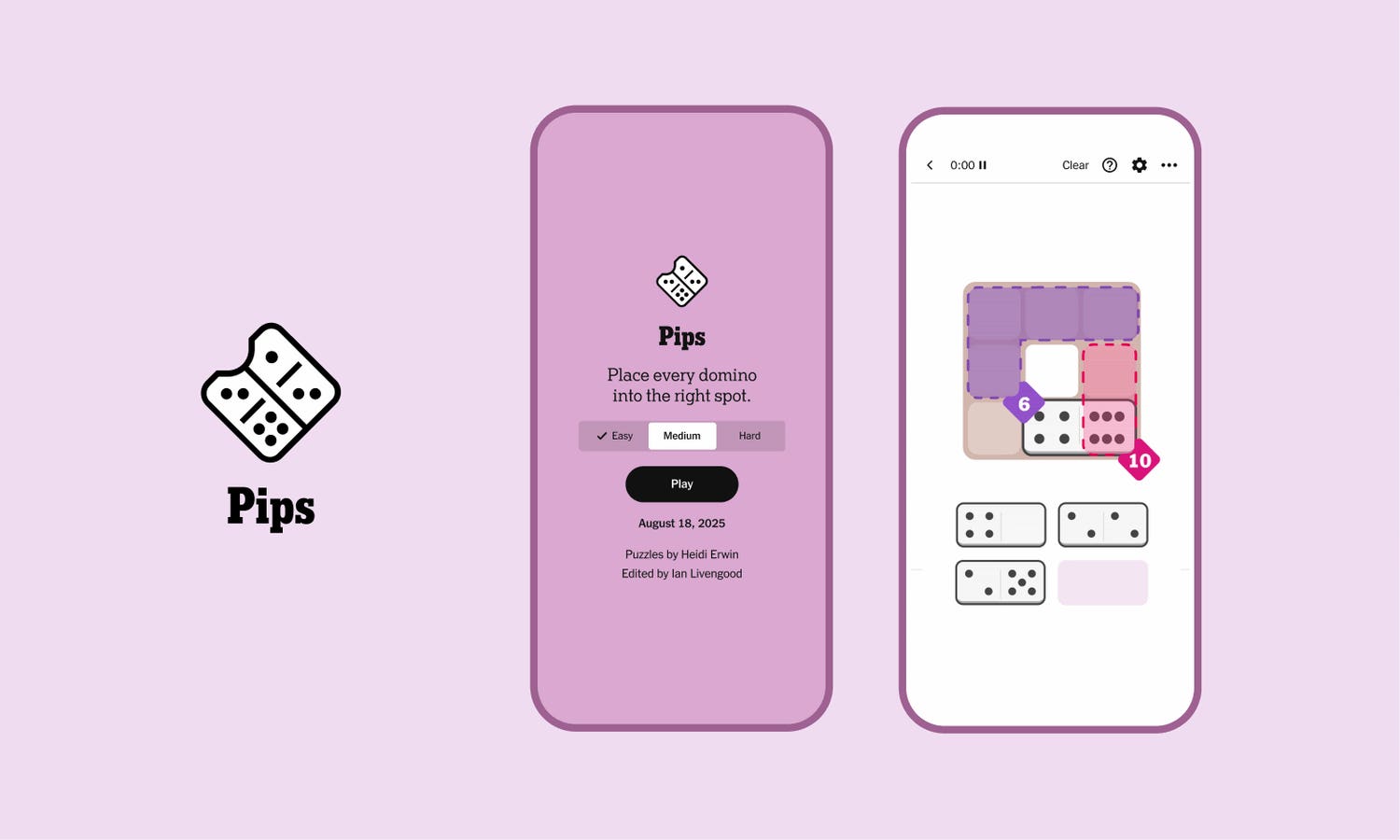Sabrina Farmer, CTO, GitLab.
Although AI has shown great promise for software development, many engineering leaders still struggle to identify the best way to adopt AI-powered tools for measurable long-term success. As the pressure to adopt AI heightens, leaders need to consider the long-term economic returns of systematic AI adoption versus the limitations of tactical quick fixes.
Our 2024 Global DevSecOps Report found that about half of organizations are at the evaluation and exploration stage of their AI maturity. These organizations can envision the potential gains of AI but haven’t quite materialized their strategy for implementation. This aligns with what I’ve found in my discussions with other engineering leaders.
Energizing engineering teams around a new tool and workflows faces two primary challenges. The first is fear. Many people worry that companies will replace human engineers with AI. The second challenge is determining the best starting point for implementing AI, especially when many engineers don’t see the value in overhauling their existing processes.
To help teams overcome their concerns about AI, leaders must effectively communicate and frame the value of AI, connecting development activities to business outcomes by focusing on problem-solving capabilities and direct business impact rather than code volume. AI is poised to become the next transformative partner for engineers, and they need leadership support to implement it.
The Pair Programming Parallel
Just as pair programming transformed software development through collaborative learning, it now offers a valuable model for navigating and integrating AI into our workflows. This familiarity allows us to leverage established pair programming practices, finding clear analogies for AI integration.
For example, AI can act as an intelligent rubber duck. Like explaining your code to a rubber duck, articulating a problem with AI can help developers think critically, uncover new perspectives and overcome mental blocks. In return, these “rubber ducks” provide feedback and suggestions. Developers can also use AI for mob programming to gain insight into alternative solutions, identify potential issues and contribute to a more robust problem-solving process.
AI for developers is about evolution, not extinction. AI is reshaping the software engineering profession, elevating human creativity and strategic thinking to provide greater value throughout the development process.
AI should be seen as an additional team member, augmenting human capabilities rather than replacing them. This collaborative mindset helps address concerns about job displacement and fosters a more welcoming environment for AI adoption.
Operationalizing AI: A Practical Three-Step Approach
To integrate AI into team workflows, leadership must first establish the context and then take a top-down approach to implementation. Specifically, leaders must define how teams will use AI, establish clear processes and provide the necessary resources and support. Rather than overhauling your team’s existing workflows entirely, apply AI to specific tasks or stages of the development process. This iterative approach allows teams to learn, adapt and build confidence in AI over time.
To start, define role-specific applications for AI. For example:
• Developers: Ensure a consistent and thorough initial analysis, and mandate AI-powered first code reviews and security scans before your human review. Leveraging AI first to analyze code for potential bugs, vulnerabilities and performance issues can provide developers with actionable insights for remediation at the moment, creating learning moments.
• Quality Assurance (QA) Engineers: Use AI to generate the first test for new code and analyze test results, freeing developers to focus on more complex testing scenarios and critical issues. It’s typically easier to edit a proposed test than generate it from scratch.
• Operations Teams: Implement AI to automate repetitive operational tasks such as deployments, infrastructure management and monitoring, freeing up operations teams’ time for more strategic work.
• Team Leads: Leverage AI to assist with project planning, backlog prioritization, resource allocation, initial triage and progress tracking to provide team leads with real-time insights into project health and potential risks.
• Product Managers: Use AI to analyze and summarize customer verticals, market trends, customer forums and overall customer sentiment.
The next step is to carefully select and integrate AI-powered tools such as code analysis tools, testing frameworks and project management platforms with AI capabilities. These should seamlessly integrate into your existing development environment to avoid additional burdens on your developers. To avoid decision fatigue, develop clear guidelines and training on effectively using these tools in daily tasks, including critical analysis of the AI recommendations.
Finally, establish clear communication and feedback mechanisms as part of this rollout. Encourage developers to interact with the AI, provide feedback on generated code, refine test cases and actively participate in the collaborative process. You can even create a forum for team members to share what they’re learning and the wins they realize to encourage knowledge sharing and the adoption of successful solutions. Based on team feedback and observed results, continuously monitor and improve the AI integration.
After a defined trial period, communicate the value of this investment to the C-suite. It is critical to contextualize why you promote this new technology as a critical business imperative and not a passing fad.
Incremental successes will help teams build momentum and demonstrate the value of incorporating AI into their workflows. By taking a structured approach and clearly defining AI’s role within your team, you can unlock AI’s true potential. Engineering leaders must ensure their team members feel supported rather than worried about being replaced and identify targeted applications of AI that will be immediately beneficial.
Forbes Technology Council is an invitation-only community for world-class CIOs, CTOs and technology executives. Do I qualify?








